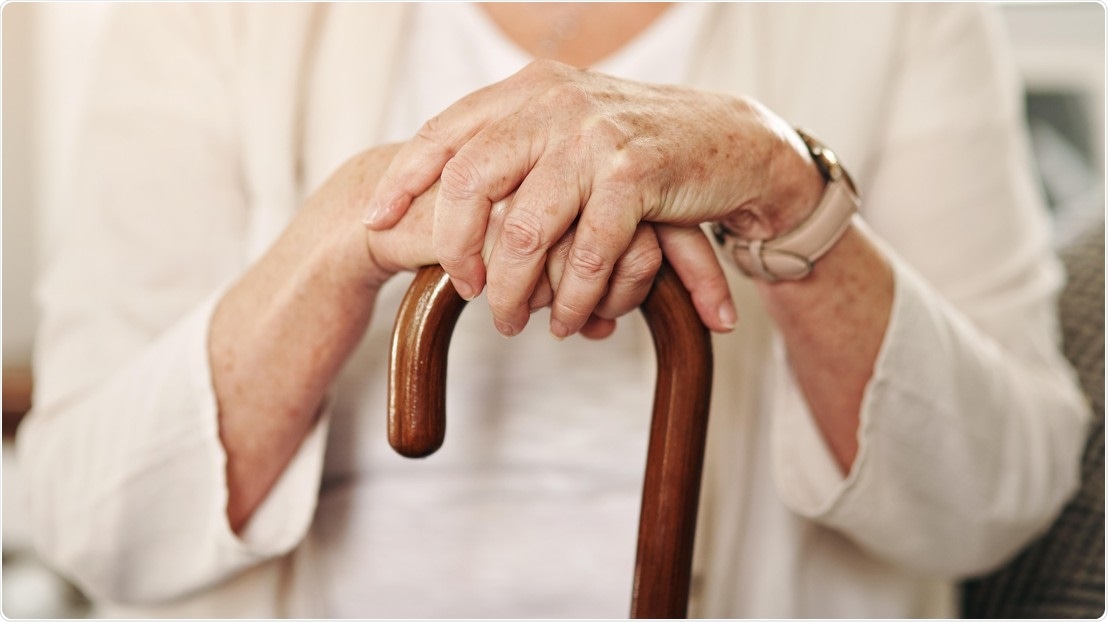Time may be the worst enemy of humans, and aging might be its most robust weapon. Humans’ hair becomes grey, their strength diminishes, and a host of age-related diseases represent what is occurring both at the molecular and cellular levels.

Image Credit: iStock photos.
Aging impacts each cell in the different tissues of the human body, and understanding its effect would be highly useful in combatting this eternal nemesis of all ephemeral life forms.
The key lies in the initial observation and measurement. In a study published in the Cell Reports journal, a research team headed by Johan Auwerx from Ecole Polytechnique Fédérale de Lausanne (EPFL) began this process by asking a basic question: how do the tissues of aging mice vary from those of mice that are mere adults?
To find an answer to the question, the team employed several techniques to quantify the expression of each of the thousands of genes found in the mouse, and to find out any fundamental epigenetic differences. The investigators not only quantified different layers of data, but they also did it across three different tissues—that is, muscle, heart, and liver.
The information collectively enabled the team to describe an aging “footprint” that can act as a field for investigation. However, while a majority of the familiar aging manifestations were retrieved, different tissues are known to behave differently.
We will never have a thorough understanding of aging by studying a single tissue, and this applies to many other processes and diseases. Data, whether freshly produced or reused, is the key to understanding complex systems, and we are just scratching the surface.”
Maroun Bou Sleiman, Study Lead Author, EPFL
Through various bioinformatics analyses, the team discovered specific proteins and genes that may be regulating the complex aging process. By considering human population information, the researchers also demonstrated that several “players” which they identified in the mouse genome may be also applicable to human aging.
Lastly, the team used human genetic information to demonstrate that certain “players” could also explain why a few human beings live longer than others.
Our final goal is not to stop ageing, but to age better and disease-free, and to do that, we will need to characterize this system. This is a perfect example of cross-species integration starting from the laboratory mouse and ending in human population data that takes us one step closer to understanding one of the most complex processes in biology.”
Johan Auwerx, Study Corresponding Author, EPFL
Source:
Journal reference:
Sleiman, M. B., et al. (2020) The Gene-Regulatory Footprint of Aging Highlights Conserved Central Regulators. Cell Reports. doi.org/10.1016/j.celrep.2020.108203.